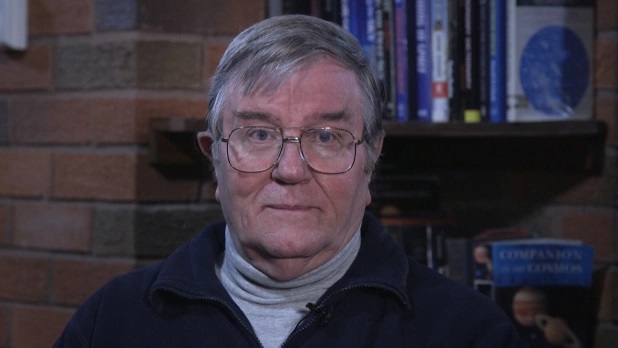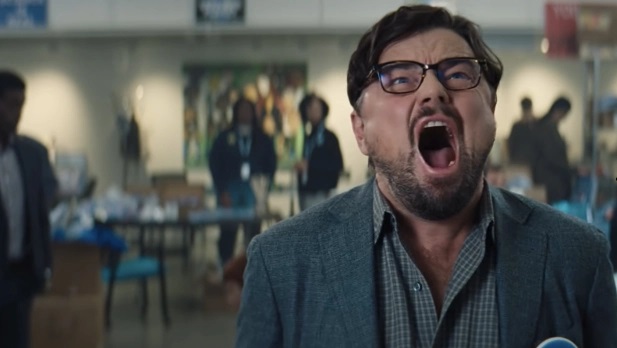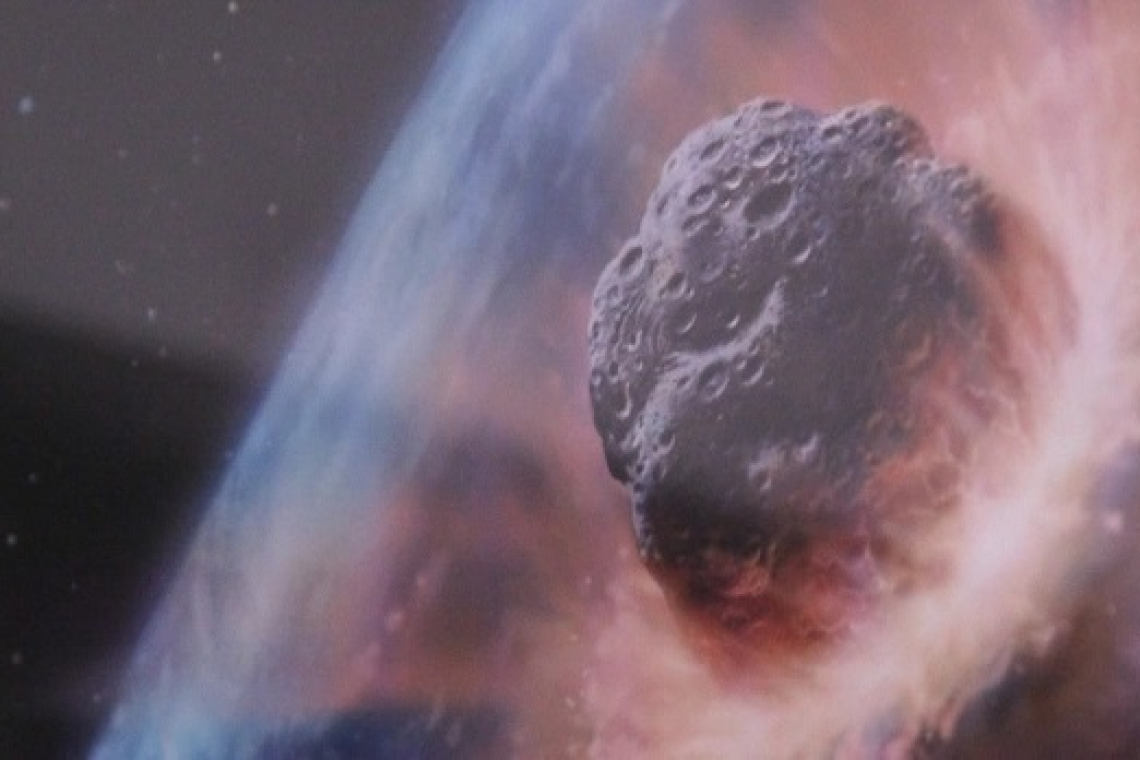
IN NETFLIX doomsday comedy "Don't Look Up", two scientists must convince the world that a planet-destroying asteroid is headed for Earth.
Much like in the movie, the survival of humanity during such an event really does fall into the hands of a few brave individuals – including Jay Tate.

The former British Army Major heads up the Spaceguard Centre, a hilltop observatory in Wales that tracks thousands of nearby asteroids and comets.
He's part of a global effort by scientists and amateur astronomers to keep a watchful eye on space objects that could pose a threat to life on Earth.
"There are a number of hazards that our species faces," Jay, who served for 26 years in the Army specialising in surface to air missile systems, told The Sun.
"Probably the only one that could produce a mass extinction in a short period is the threat from asteroids and comets."

CHELYABINSK EXPLOSION
While world-obliterating near-Earth objects (NEOs) are few and far between, even the smaller ones can cause havoc on Earth.
On February 15th, 2013, dashcams in the Russian city of Chelyabinsk captured something incredible and terrifying.
A meteor the size of a six-story building broke up and exploded while hurtling through the sky about 28 miles above the city.
The blast didn’t kill anyone but it did injure more than a thousand people and smashed windows in more than 3,000 apartment blocks.
But what may be most disturbing about the blast was the fact that no one saw it coming – not even those who were looking.
"We were expecting the close pass of a fairly large asteroid at about seven o'clock in the evening," Jay told The Sun.
"At half-past six in the morning, I got a telephone call from a newspaper saying 'tell us about this asteroid'.
"I said, 'Why now? It's not happening until later tonight'. They said, 'No, the one that's just exploded over Russia'."
A global system of observatories tracking the whereabouts of known asteroids is therefore vital to ensure humanity is safe from space objects.
LAST LINE OF DEFENCE
The Spaceguard Centre tracks asteroids that are discovered mainly by American funded search programs.
Over the years, Jay reckons his team have tracked up to 10,000 asteroids.
Whenever conditions allow, Jay fires up Spaceguard’s telescope and sets to work tracing asteroids identified by various survey stations, usually in the United States.
Every day, he receives a list of Objects from the Minor Planets Centre – the global library of known asteroids and comets which keeps track of what’s whizzing about in our cosmic neighbourhood.
Jay then uses this data to locate the objects in the night sky.
"The aim of the game is to take sets of photographs of each object to determine its orbit around the sun," Jay said.
"Then we can find out if it's going to be a problem or not."
DODGING DOOMSDAY
As Spaceguard and other teams around the globe feed back their data, a map of the orbits of these cosmic bullets is gradually built.
Nasa has been tracking NEOs since the 1970s, and in 1994 received a mandate from the US Congress to find any objects larger than one kilometre in size. By 2010, they'd pulled it off.
Since then, smaller objects have become the focus of NEO hunters, with more than 24,000 detected so far. None are currently believed to pose a threat.
Should they come into contact with Earth, the majority of the NEOs – those up to the size of a car – would burn up harmlessly in our atmosphere.
However, larger objects would make their way through our planet's natural defence systems.
"To take out a reasonable-sized country or small continent, you probably need something about a hundred and fifty metres across," Jay told The Sun.
"For global effects, you need something maybe a kilometre or two across. Mass extinctions begin to creep in between the five to ten-kilometre size."
Currently, the risks from all observable objects in our solar system are very low. But for Jay, that’s no reason to let his guard, or his telescopes, down.
"Do you insure your house? The answer would almost certainly be yes," he said. "The next question is, why?
"Do you expect it to burn down? No! Well, why do you insure it then."


